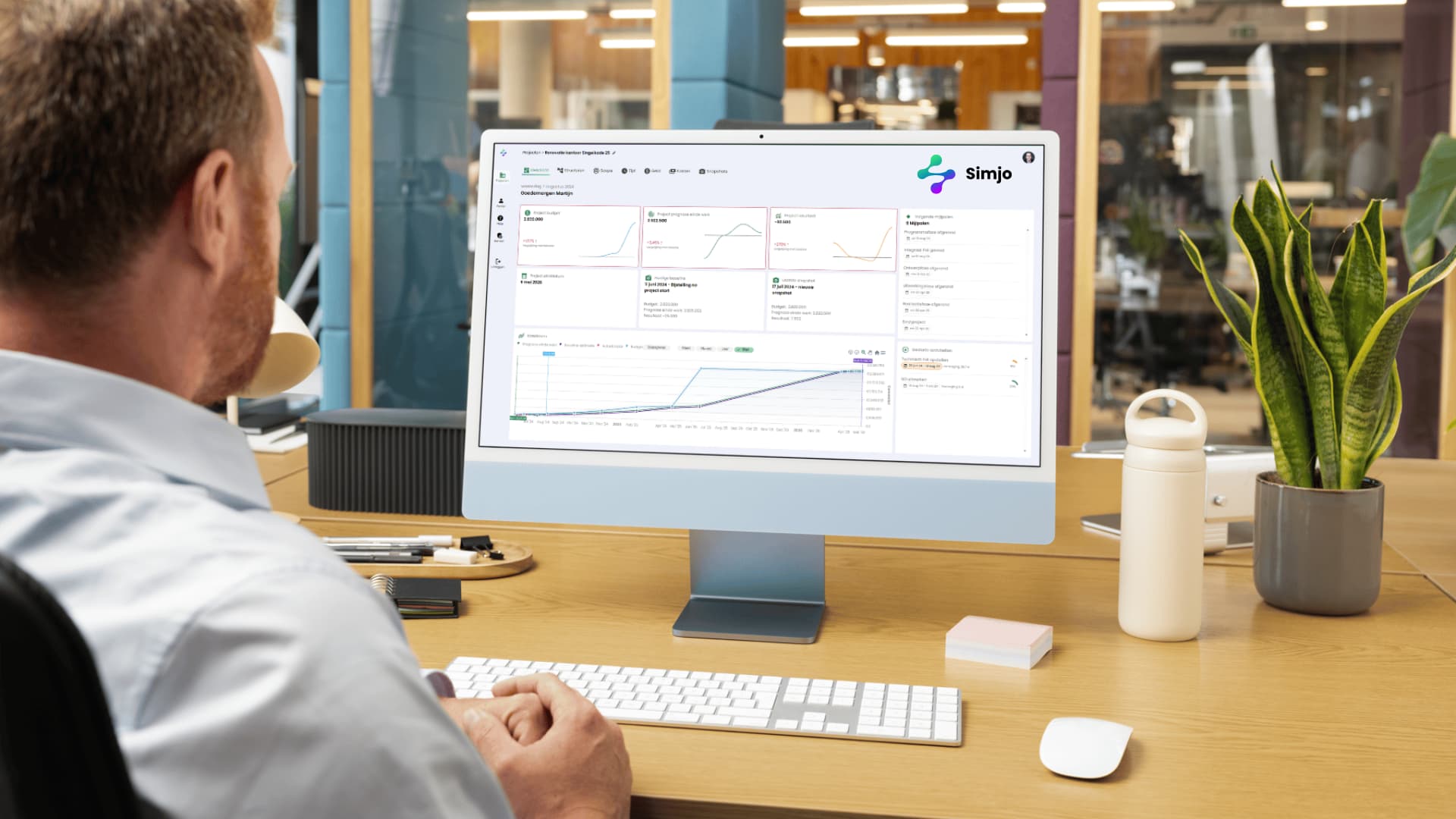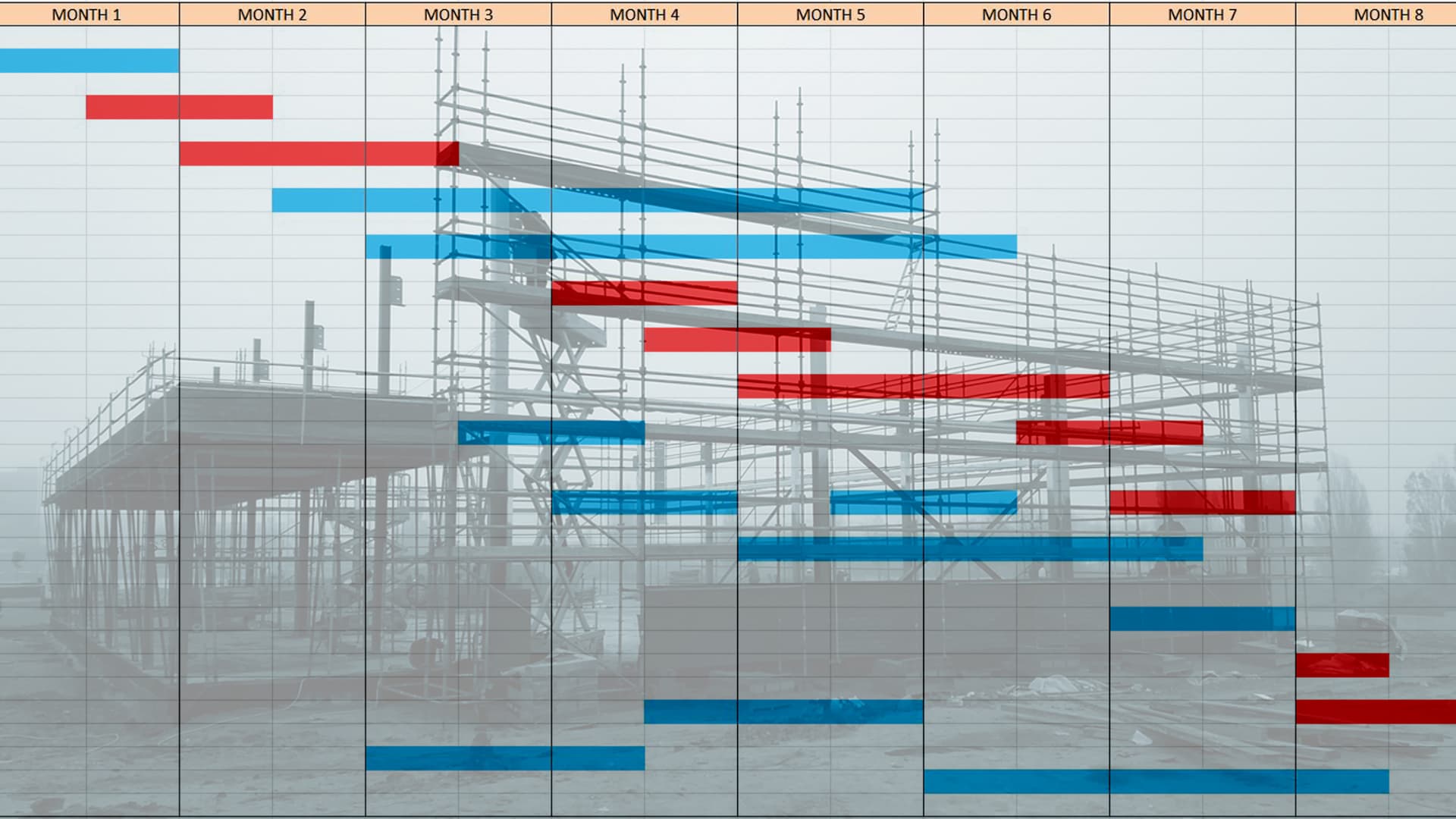Blogs
4 Tips to increase the traceability of project information
Uncertainty is a given in construction projects. A project rarely goes exactly as predicted. Think of unpredictable weather conditions, changing client requirements and staff loss or turnover.
These changes are often a gradual process and as a project leader you only intervene if there is a significant impact on milestones or budget. In this article we take a closer look at ways to increase the traceability of project information so that you can make better adjustments during the construction project.
Introduction
Ever faced a situation where your construction project begins smoothly, but the client’s demands and requirements keep shifting? Initially, you might accommodate these changes to prevent disappointment. However, over time, these modifications accumulate, impacting the project significantly and necessitating intervention.https://youtu.be/wDpIH8oHHFg
Similarly, external factors such as weather conditions can also disrupt the course of a project. Without a clear record of work lost due to adverse weather, it becomes challenging to gauge the ultimate impact on time, budget, and project scope.
In this blog post, we delve into the importance of traceable project information and offer four strategies to enhance it.
1. Structuring Information
Many project managers still document information on paper, making it challenging to organize and trace discrepancies between plans and reality. Implementing information structures, such as Work Breakdown Structures and Product Breakdown Structures, simplifies this process. A structured approach ensures completeness and enhances clarity.
2. Triple Constraint Awareness: Time, Money, and Scope
Be mindful of the ripple effect that changes can have on your project’s schedule, budget, and scope. The Triple Constraint—time, cost, and scope—is crucial to consider. Moreover, incorporate also the aspects Risk, Organization, Information, Communication and Quality for a more comprehensive overview. Overlooking risks, for instance, can alter a project’s risk profile when changes occur.
3. Integrated Thinking
Organizations often treat different aspects of a project unevenly. While finances are closely monitored, aspects like time and scope might receive varying degrees of attention. Harmonize your approach by establishing the necessary standards for each aspect within your organization. Let’s take the example of a project facing weather-related delays. While a detailed master plan helps pinpoint delays, without information about associated costs, a holistic view remains incomplete.
4. Accounting for the Unknown
Construction projects frequently harbor unknown factors that lack sufficient information. Acknowledge this reality and prepare accordingly. Identifying these unknowns often enables a rough estimation of their impact on scope, time, and budget. Simply recognizing these factors can aid in making informed decisions, preventing unpleasant surprises later.
Discover the Power of Traceable Project Management Information with Simjo
Want to effortlessly trace the impact of changes on time, budget, and scope?
Simjo can streamline your reporting and empower you to allocate your time efficiently. We integrate data from tools like Oracle, SAP, CODA, TIM, MS Project, Primavera, and Relatics, automatically structuring project information. With one click, generate progress reports, saving you time and frustration.
Ready to Experience Simjo’s Support for Your Construction Project?
Become a beta tester and be among the first to explore Simjo’s new functionalities. Stay informed about Simjo’s development and revolutionize your construction project management. Your journey towards clearer, traceable project information begins here!









